Astronomy > Lab Experiment > LAB 4 ASTR 102 (All)
LAB 4 ASTR 102
Document Content and Description Below
Lab 4 How Big is our Galaxy? ASTRO 102 1 Objective The objective of this lab was to introduce methods that astronomers use to estimate properties of astronomical objects using observations. 2 In... troduction A variable star is a star whose brightness changes periodically. Variable stars are comprised of two categories, intrinsic and extrinsic variables. The luminosity of an intrinsic star changes, whereas only the apparent brightness of an extrinsic star changes due to changes in the amount of light that are able to reach earth. Sometime stars have close orbiting objects that sometimes eclipse it, causing shifts in apparent brightness of the star. Most stars have at least some variation, even our sun has variation of about 0.1% over an eleven-year cycle. Modern astronomers discovered variable stars sometime around the early 1600’s. The General Catalogue of Variable stars lists almost 50,000 variable stars in the Milky Way alone. RR Lyrae is a pulsating variable star in the Lyra constellation, as well as a class of stars (called RR Lyrae stars). A pulsating variable star is a type of star that expands and contracts and therefor has variating luminosity. RR Lyrae stars are considered standard candles, which means that they have known luminosity and can be used for comparing other astronomical objects. Although standard candles are good for measuring distances, some potential problems arise with metallicity, faintness, and blending. For example, stars near the center of globular clusters are very densely spread and unresolved stars may appear to be one single star, which would seem much brighter than any single one of the stars alone. About 80% of variable stars in globular clusters are RR Lyrae stars, which is why they were formally called “cluster variables”. RR Lyrae stars are generally found on the main sequence on what is known as the “instability strip”. In this lab, we concerned ourselves with using RR Lyrae stars as a basis in determining the size and mass of our galaxy. We first use RR Lyrae stars in M15 to determine its distance, and then we use M15 as a benchmark to estimate the distances of other globular clusters in our galaxy. After this, we use Kepler’s Law to estimate the mass of our galaxy. Some assumptions were made throughout this lab to simplify the process of measuring distance. We assumed that stars in a cluster were evenly distributed, and that all globular clusters are the same size as M15. This study source was downloaded by 100000855356755 from CourseHero.com on 11-01-2022 [Show More]
Last updated: 1 year ago
Preview 1 out of 4 pages

Reviews( 0 )
Document information
Connected school, study & course
About the document
Uploaded On
Nov 01, 2022
Number of pages
4
Written in
Additional information
This document has been written for:
Uploaded
Nov 01, 2022
Downloads
0
Views
72

.png)


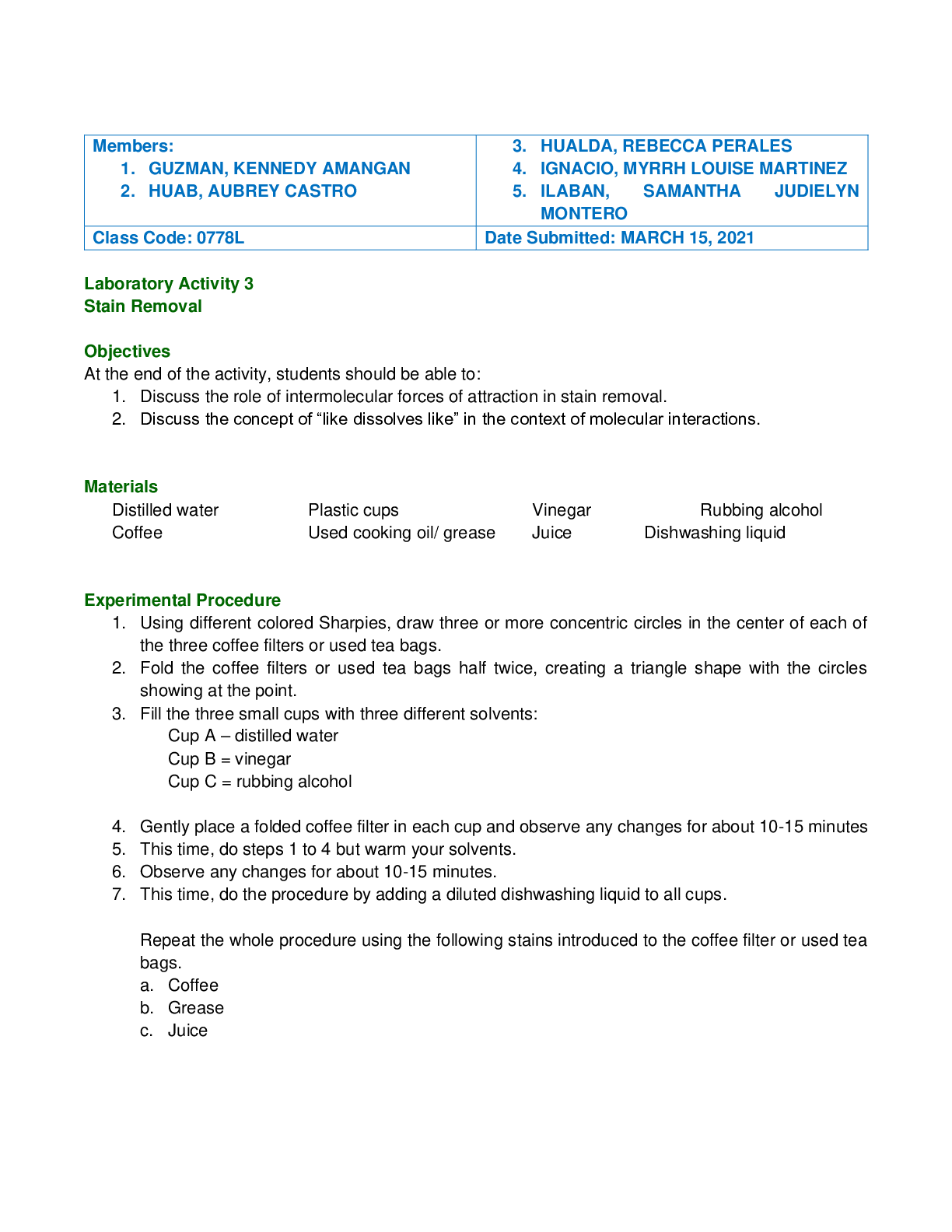

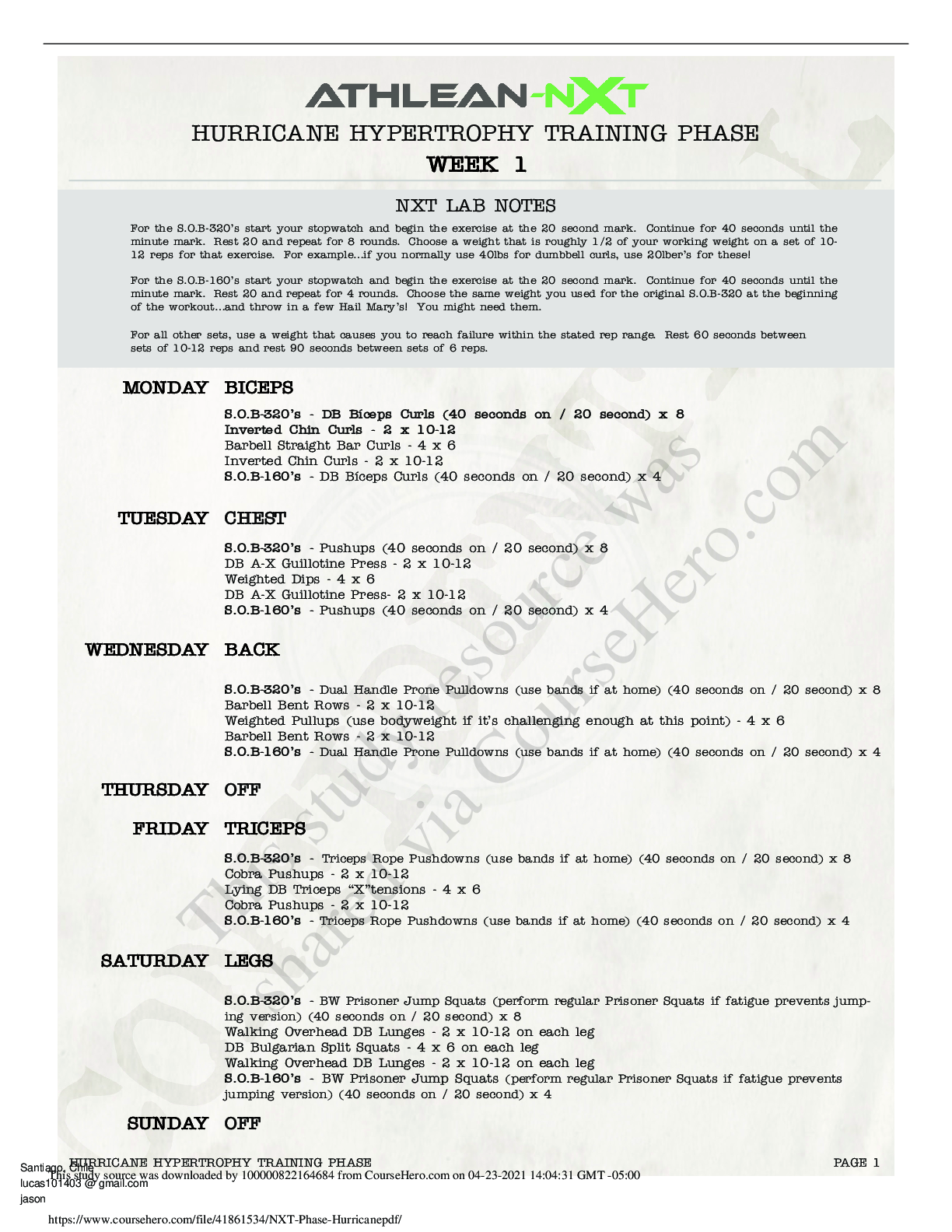
.png)

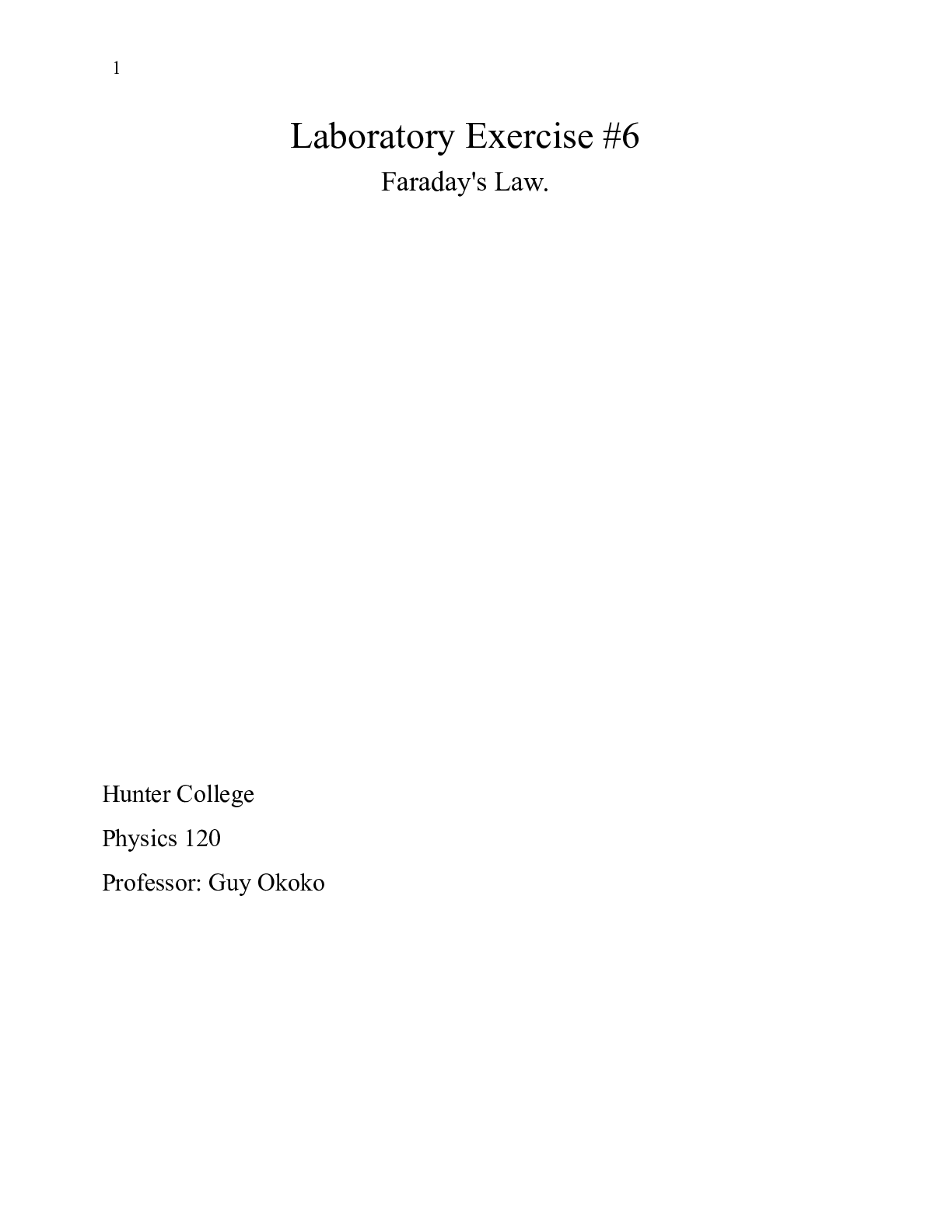


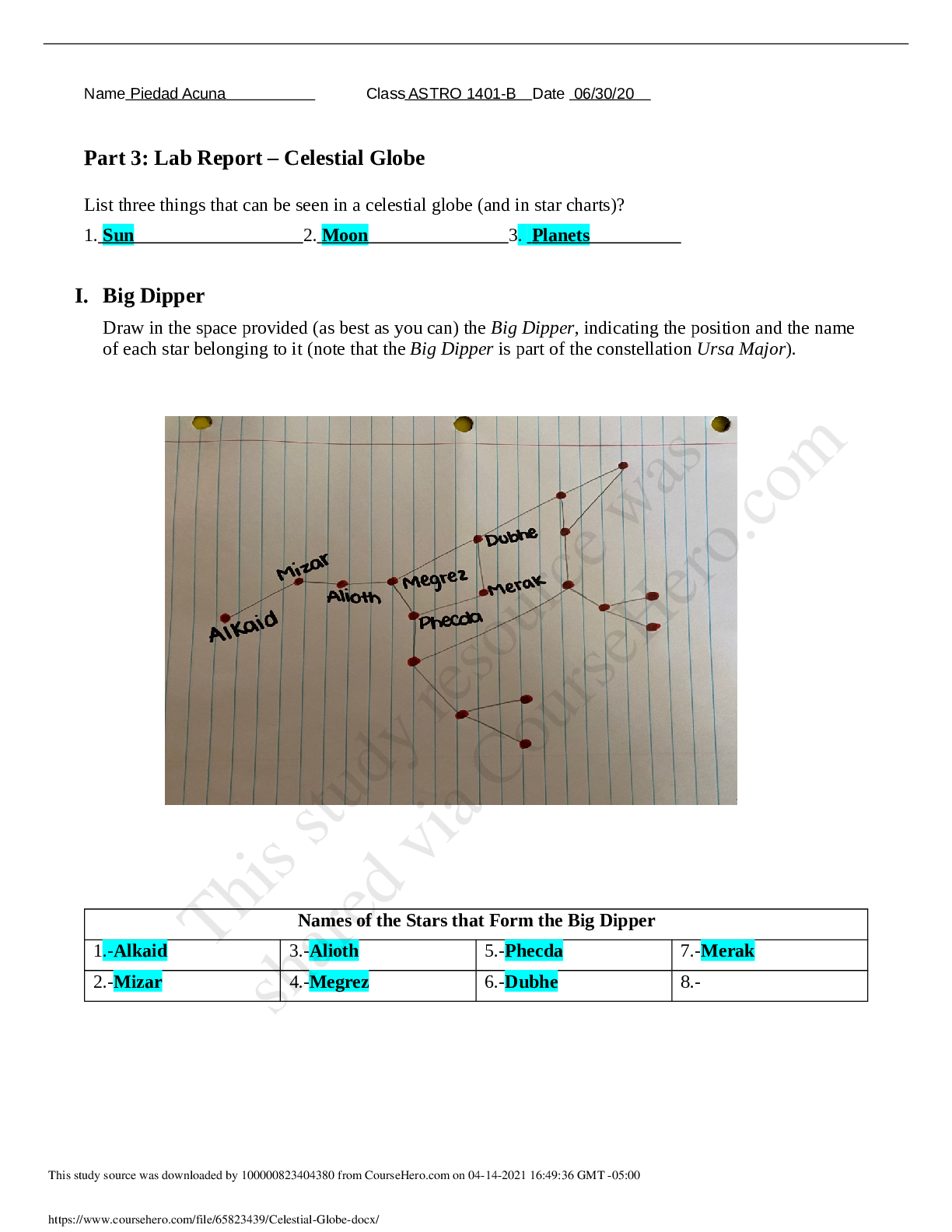
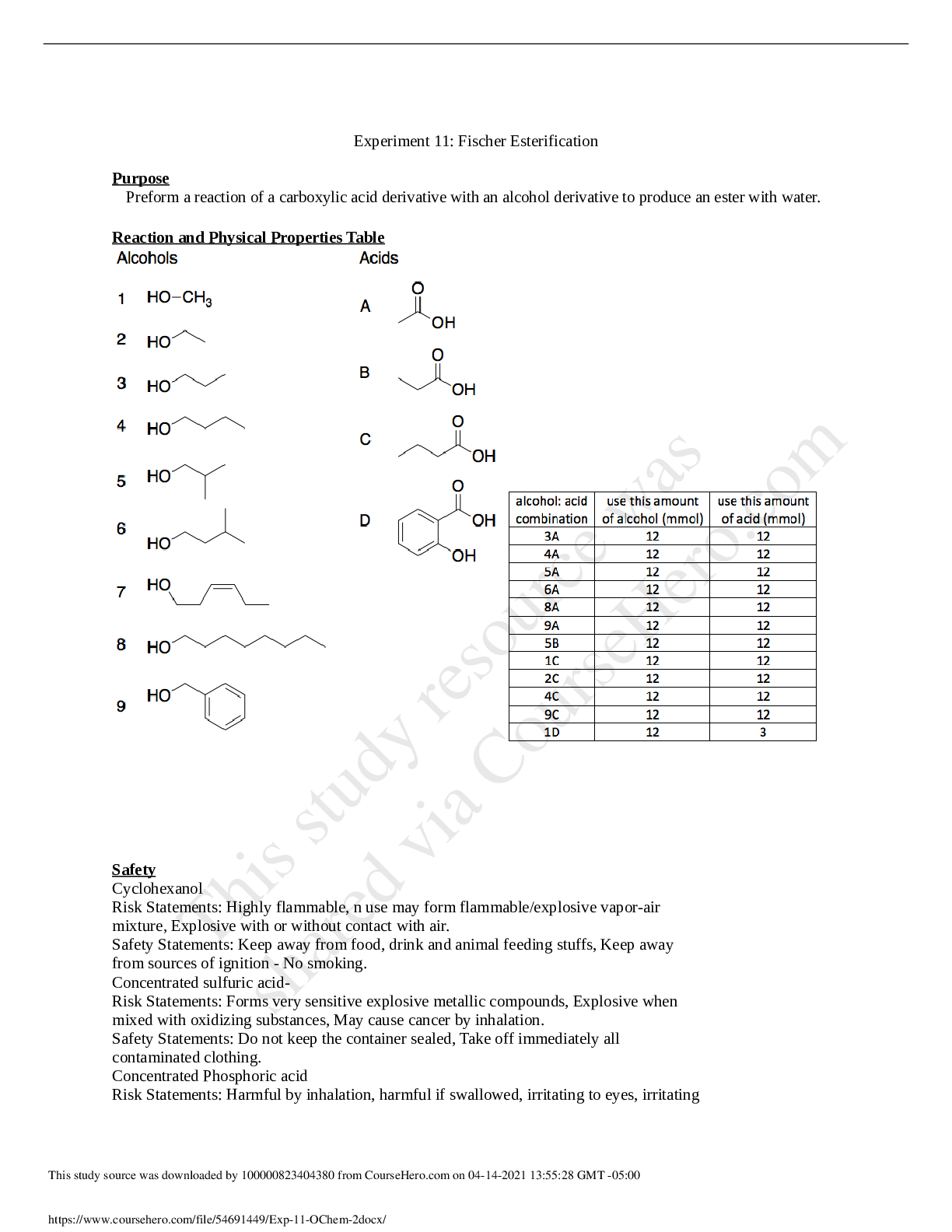



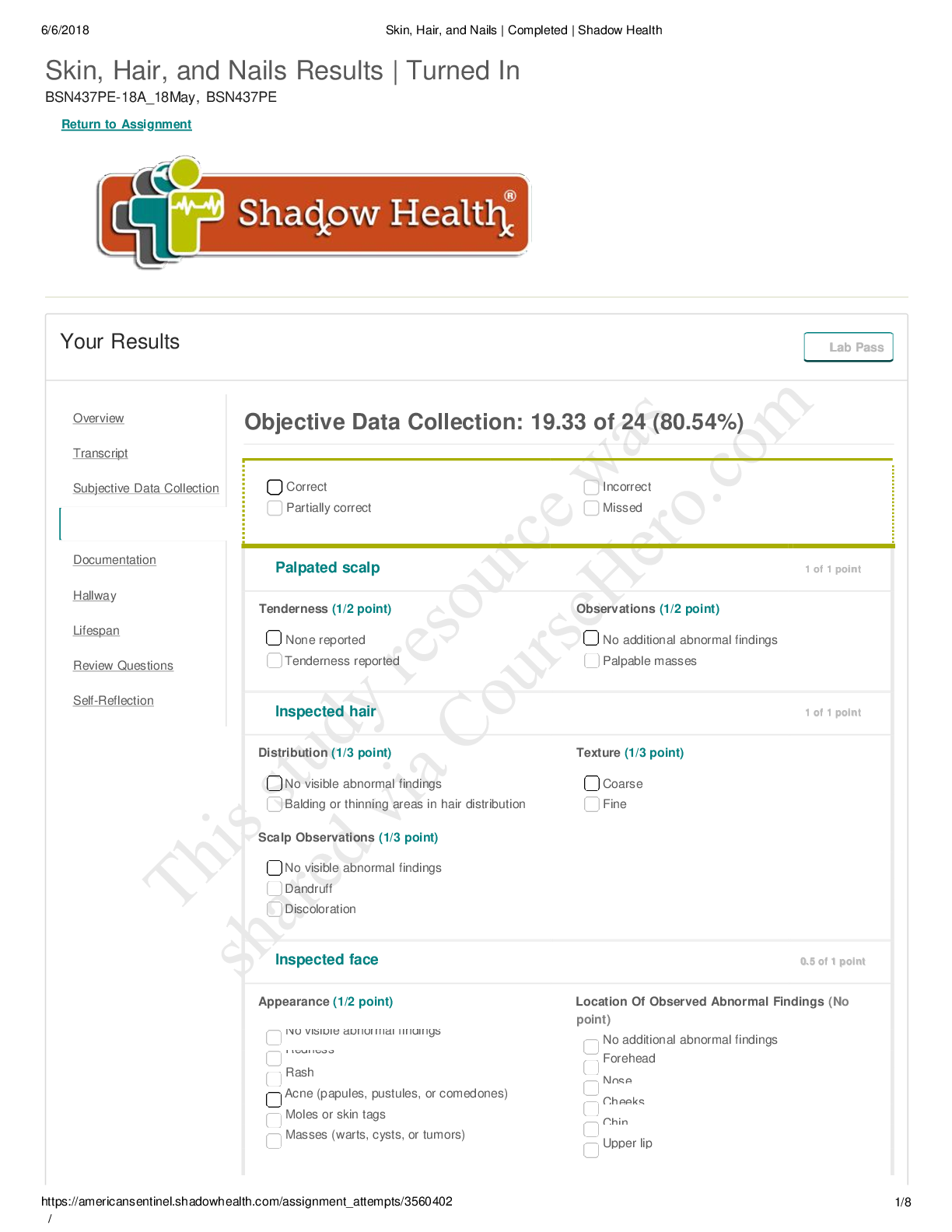


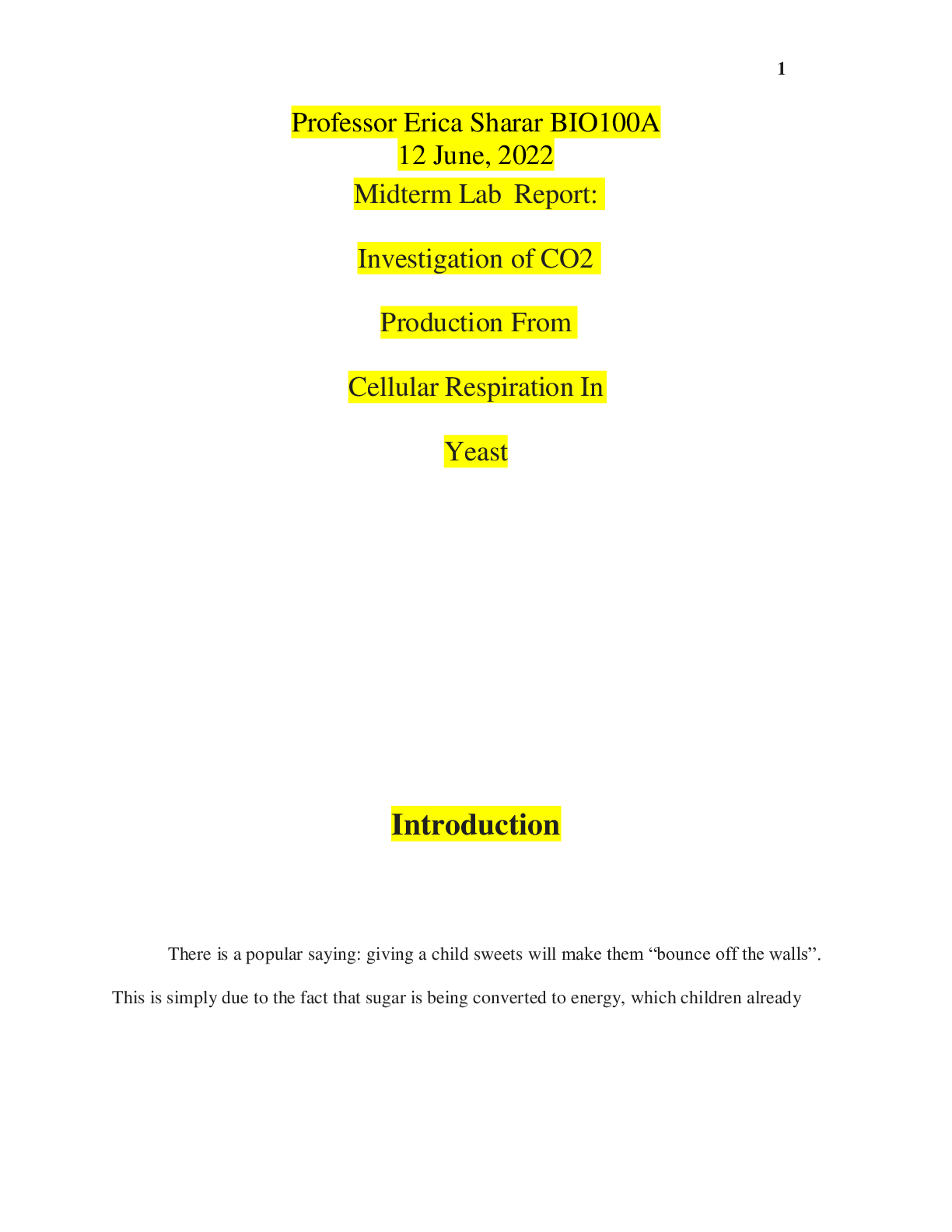

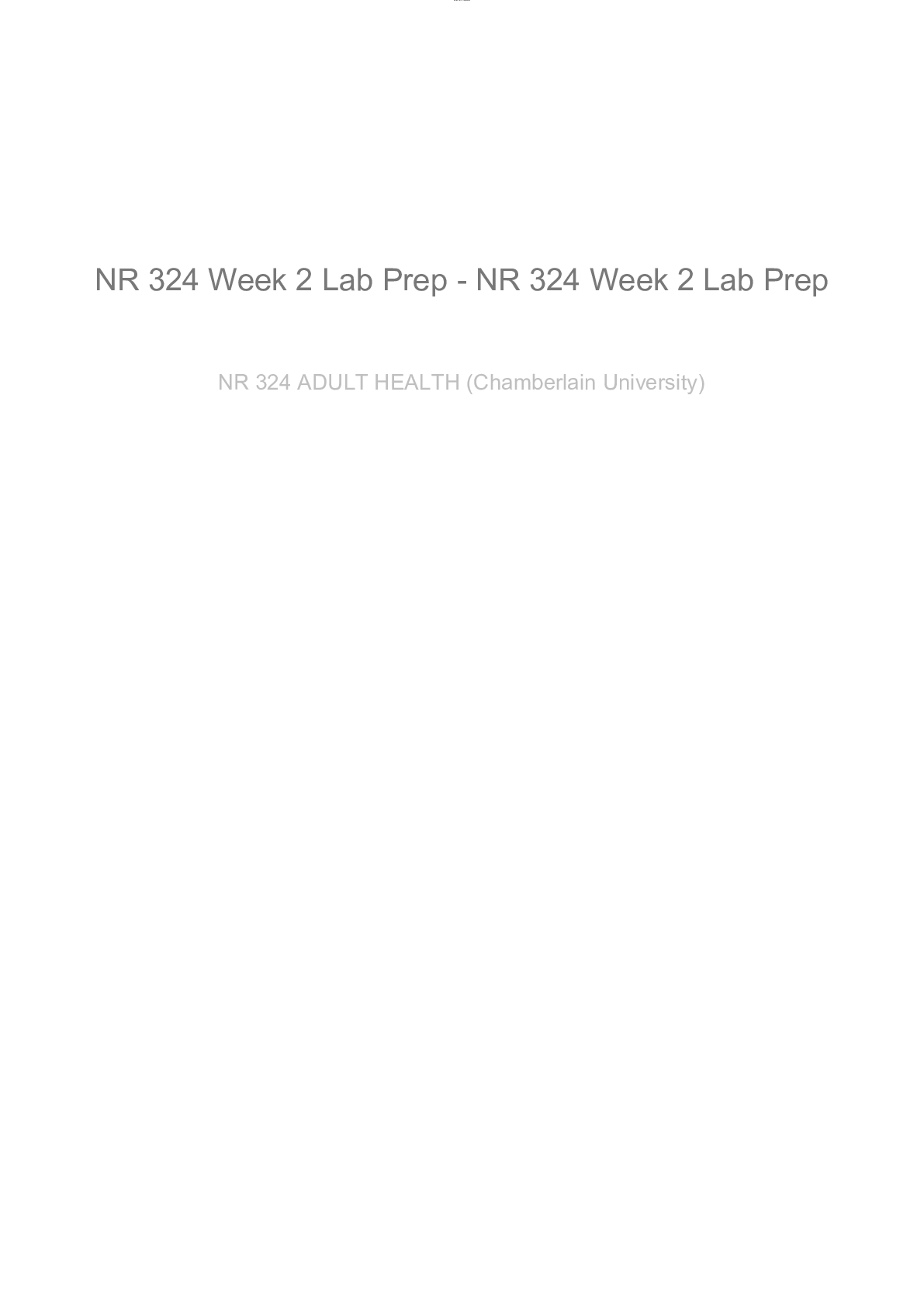




.png)







